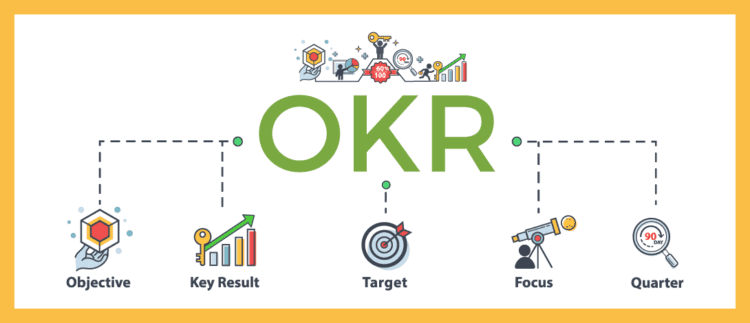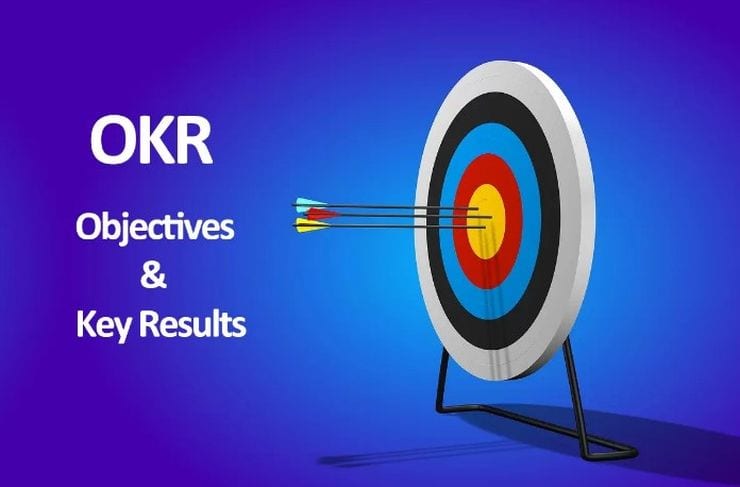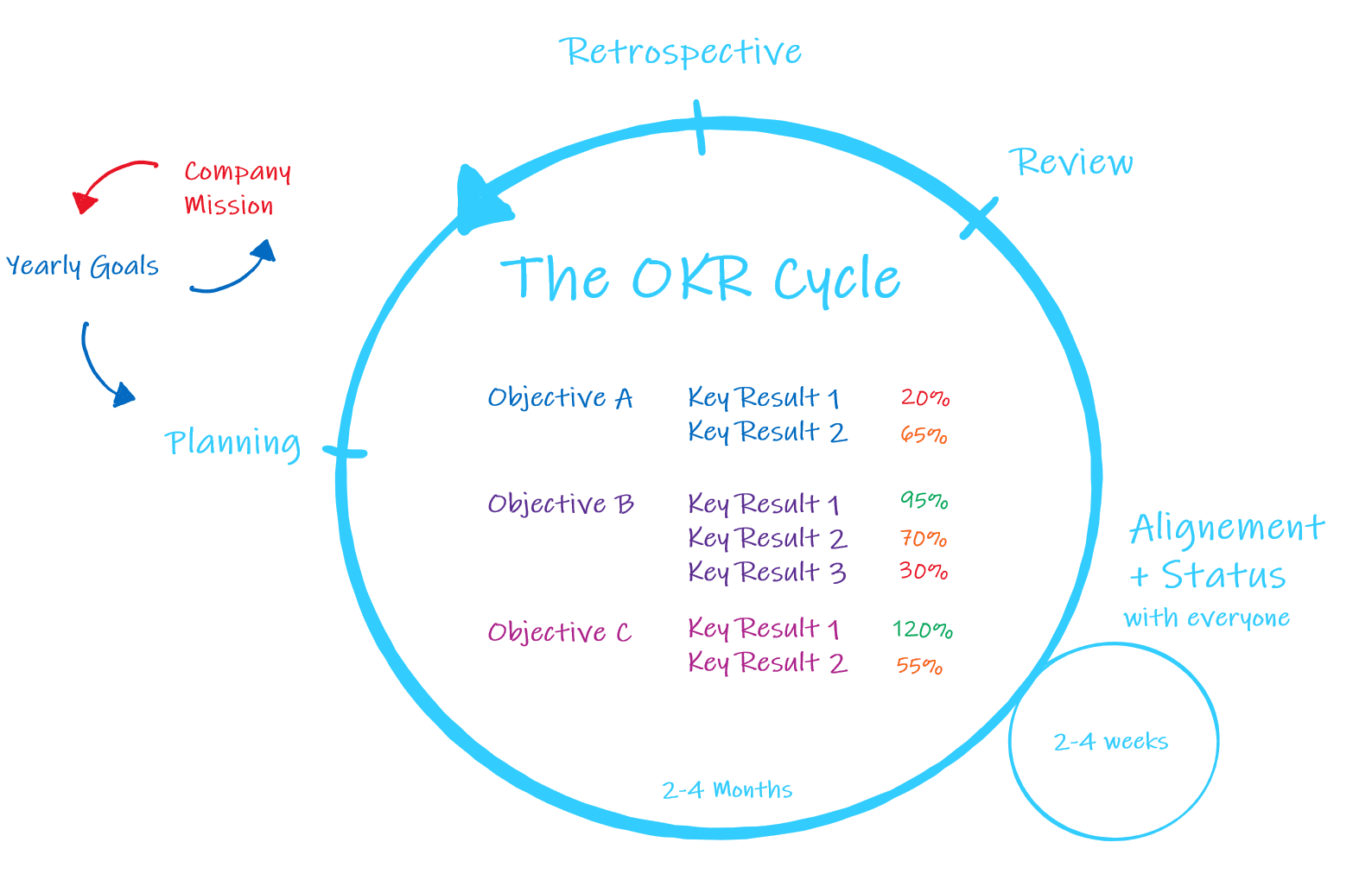OKRs stands for “Objectives and Key Results,” and it is a goal-setting method used by teams and individuals to achieve set goals and results.
Many companies, such as Google, Amazon, and Intel, have been using OKRs for years. These companies have managed to align their OKRs with their business initiatives and goals, enabling them to stay on track and competitive in their respective industries.
Below is a detailed analysis of how OKRs work and why you might need to leverage them to achieve success in your business. Visit site Profit.co to read more about OKRs.
How do OKRs Work

OKRs usually comprise objectives set by a team leader or manager with three to five key results. The key results are used to measure the progress of the objectives.
OKRs are frequently set, tracked, and re-adjusted. The goal of having OKRs in an organization is to ensure that everyone moves in the same direction. Once you have achieved your goals, you can write new objectives or stretch the old objectives to create new key results.
Using an OKR system is more like a journey whose destination takes a bit of time to reach (but not too long). It is very possible to achieve partial results within a few months, but results can also take longer than expected.
There are a few mistakes leaders frequently make when writing OKRs. One of them is using OKR as a task list. OKRs are for measuring value added to the organization, not seeing if you can achieve your weekly or monthly tasks.
Another common mistake is setting too many OKRs. In truth, you might need one or two OKRs for your team. Too many OKRs and your team members might be distracted from their priority objectives.
Another mistake is failing to align your OKRs with your overall vision. It is important that an organization with several departments makes sure that the different teams work together to achieve a particular objective.
If you do not inform other teams about the set OKRs or fail to explain them in detail, they may not work effectively, which will eventually dent the success of your business.
Tips for Coming Up With Good OKRs

Goals differ between organizations and departments and you need to develop specific goals for each team. Therefore, you need to know how to write practical and measurable OKRs. Here’s how you can do it.
Setting Quality Objectives
The first step when developing an OKR is to write down the objectives of the organization. You need to know how to develop quality objectives that can be realized over the long-term. Your OKR system will not be as successful if your organization is headed toward a certain direction and your set objectives are steering the organization in a different direction.
A good objective has to be qualitative. A qualitative goal requires a deep analysis of your current situation, like identifying your current strengths and weaknesses. An excellent example of a qualitative goal can be improving communication in the workplace.
You also have to share the objective with your team members. They need to have a clear idea of what you want to achieve so they can focus their efforts toward making it happen.
Make them Inspirational
OKRs often work best when the employees are on board. If your objectives fail to inspire your workforce, it will be difficult achieving the results. An objective should bring the workforce together, regardless of their rank.
If the employees feel that everyone is doing their part in making the organization succeed, they will be inspired to work harder.
Ask Yourself if the Objective Really Is Necessary
One of the reasons why some OKRs fail is their irrelevance. Just because Intel or Netflix developed an OKR system that worked for them does not mean it will work for your organization as well.
When writing down your intended objectives, try and see if they are necessary for improving the productivity of your labor force or if they’re suited to your business needs in the first place.
Dedicate Considerable Time To Achieve the Results
OKRs work best if there is a set deadline to achieve the results. It can be 6 months, 12 months, or even more depending on the results you want to achieve. Make sure the time you set is practical enough to achieve the desired results without putting a strain on the workforce.
Why You Need OKRs

Some of the benefits you can expect from using OKRs include:
Greater Focus on Achieving the Set Goals
Once you are well aware of the goals you want to realize, you need to develop a plan on how you will achieve them. But without an OKR strategy, you might forget or ignore the goals you set within a short time.
A comprehensive OKR system will outline your goals to your team for better understanding and focus. For example, if your objective is to improve workplace productivity, your key results might include increasing sales by 10% and hiring more salespersons.
As such, a well-written OKR strategy will help you focus on finding ways to advertise your products or services so you can add more staff to your team who will help you achieve your goals.
Helps Track and Measure Progress
You can easily track the progress of your objectives regularly. This will make the meetings you hold with your employees or team members a lot more productive as you discuss the progress you’ve made and how you can work smarter.
Reassess the Objectives
Sometimes, it is not easy to achieve certain objectives within a specific period. OKRs are not permanent, and you are free to reassess the objective at any one juncture.
It can also be difficult and counterproductive to insist on working with objectives that are difficult to achieve. For this reason, assessing and discussing the set objectives with your team will help you readjust your goals if there’s a need to.
Read More on OKRs to Better Your Understanding

If you want to improve your team’s productivity, you should read more info on OKRs by doing some research to expand your understanding of the topic.
The best If you have achieved the set goals, you can reassess them to create new targets. For example, if your objective was to increase sales by 20% and achieve it, you can stretch the objective to 35% and improve the key results.
You can even write some new bolder objectives and become more ambitious. The previous results you achieved can be a good source of motivation for you and your team members to achieve your new goals.

